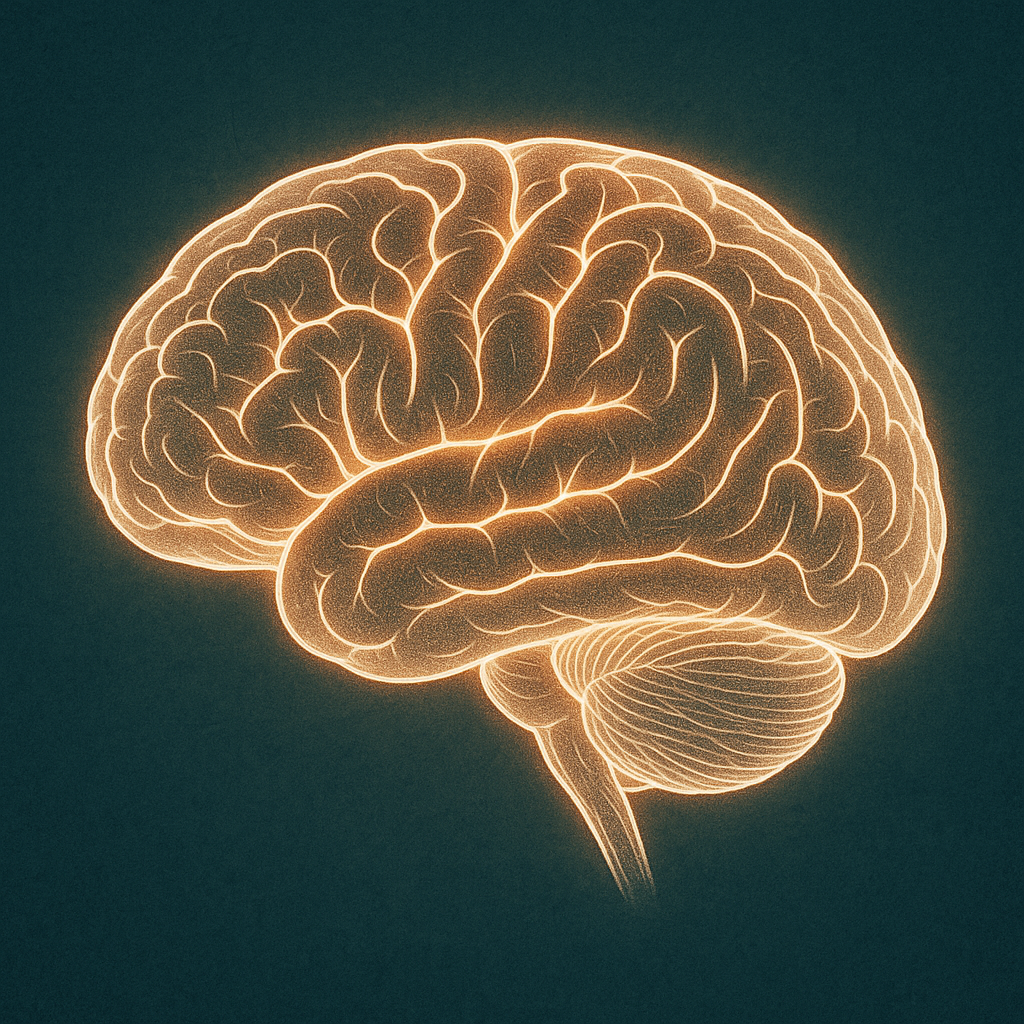Every thought leaves a trace.
Your brain isn’t a fixed circuit board; it’s a living landscape that reshapes itself with every experience. Scientists call this neuroplasticity—the ability of the brain to form new connections, strengthen old ones, and even build fresh pathways when we change how we think, feel, or act.
That means the way you speak to yourself today quite literally sculpts tomorrow’s mind.

🧠 What Exactly Is Neuroplasticity?
For much of the 20th century, experts believed the adult brain was static. Then neuroscientists like Dr. Michael Merzenich and Dr. Norman Doidge proved otherwise: the brain remains malleable from childhood through old age.
Whenever we learn a new skill, recover from loss, or practice a habit repeatedly, neurons begin to “rewire.”
Neurons that fire together, wire together.
Each repetition—whether it’s solving a puzzle or replaying a worry—reinforces that network. The hopeful part? You can choose which networks to strengthen.
🌿 How Habits Shape Your Brain
Imagine a snowy hill. The first sled leaves a narrow trail; the tenth creates a deep groove that every new sled tends to follow. Your thoughts work the same way.
- Repetitive stress thoughts carve anxiety grooves.
- Repetitive calm thoughts carve serenity grooves.
Every mindful pause, every compassionate reframe, is like steering the sled onto a fresh path.
☁️ Rewiring for Calm
When you slow your breathing or observe a thought without judgment, you activate the parasympathetic nervous system—your body’s built-in brake pedal.
MRI studies show that consistent mindfulness practice increases gray matter in the prefrontal cortex (focus, emotional regulation) and quiets activity in the amygdala (fear center).
Try this 60-second reset:
- Inhale for 4, exhale for 6.
- Name what you feel. “This is worry.”
- Reframe it. “This is my brain learning calm.”
Tiny, consistent moments like this teach your nervous system safety.
💎 Rewiring for Confidence
Confidence isn’t arrogance; it’s familiarity with success pathways in the brain.
Visualization and self-affirmation activate the same neural circuits used in real-life achievement. That’s why athletes mentally rehearse before competing.
Each morning, recall one moment you handled well. Replay the details—the tone of your voice, the relief afterward.
You just ran a “neural rehearsal,” priming your brain to expect competence again.
“The brain changes itself—but only when you do something different.”
— Norman Doidge, M.D.
🌸 Five Neuroplastic Habits That Actually Work
- Learn something new. A language word, a musical rhythm, a new route home. Novelty sparks growth.
- Move daily. Exercise releases BDNF—a fertilizer for neurons.
- Sleep deeply. During REM, your brain files and strengthens memories.
- Stay connected. Conversations weave together emotional and cognitive networks.
- Practice gratitude. Each genuine “thank you” fires circuits linked to optimism and resilience.
✨ The Brain Is Listening
Every breath you deepen, every thought you soften, every belief you update—it all leaves a physical imprint.
You are both the sculptor and the sculpture.
Start small: one calm breath, one confident thought, one new pathway.
